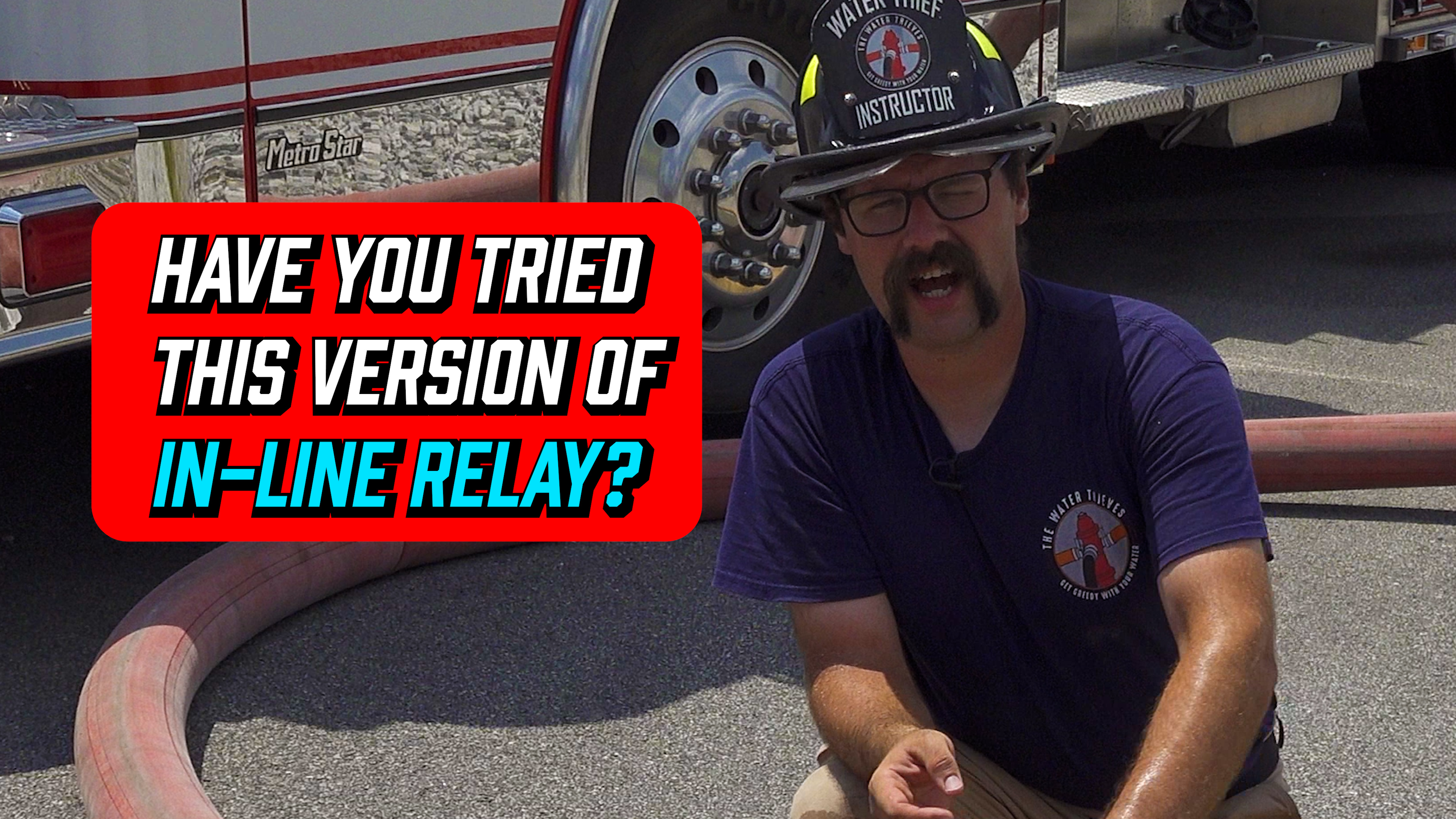Summary: For long hose lays between a water source and fire scene where a full relay operation isn’t immediately possible, firefighters can use the four-way Oasis valve to create a progressive in-line relay. This allows water to start flowing early, even with limited apparatus, and lets later-arriving engines integrate seamlessly into the supply line without interrupting flow.
The Problem: Long Hose Lays and Not Enough Engines
Firefighters often face situations where the distance between the water source and the fire scene is too long for a single engine to cover with hose. The traditional fix is a full relay operation — positioning multiple pumpers throughout the line to boost pressure along the way.
But let’s be honest: not every department has the manpower or rigs available to set that up right away. What happens if you only have two engines to start?
The Typical Relay Setup — and Its Limits
In a standard in-line relay, the operation doesn’t really get going until all the necessary pumpers are in place. That can delay initial attack operations while supply is still being built out. For departments running lean or dealing with unpredictable terrain, this delay can mean valuable time lost.
A Better Option: Progressive Relay with the Four-Way Valve
This is where the four-way Oasis valve earns its keep. It gives you a cleaner way to start a progressive relay. Here’s how it works:
-
First Engine Lays In: The first engine stretches as much supply line as it can from the fire scene toward the water source.
-
Second Engine Connects at the Midpoint: Once the second engine arrives, it ties into the Oasis valve, which has been set at the end of the first engine’s lay.
-
Flow Without Interruption: The Oasis valve allows water to continue flowing while the second engine boosts the pressure. There’s no need to shut down the line or restart the operation — it’s seamless.
This method lets the operation evolve as more apparatus arrive, instead of waiting to go “all in” on the relay from the start.
When and Why to Use It
This progressive relay tactic is perfect when:
-
You have long distances between water and fire.
-
You’re tight on rigs or personnel.
-
You need to start flowing water fast, even before the full relay is built.
It’s especially useful in rural or suburban settings where water supply is tricky and every second counts.
The Bottom Line
If you’re stuck with limited resources but still need to cover distance and move water fast, the Oasis four-way valve offers a clean, scalable answer. It gives you flexibility to start small and build out — without stopping the flow.



Comments